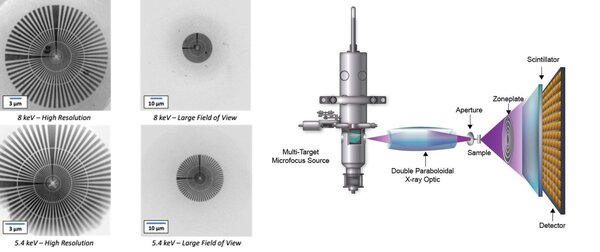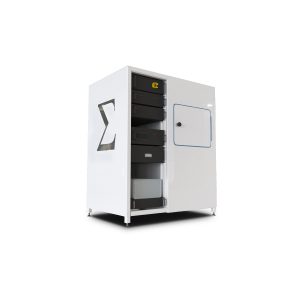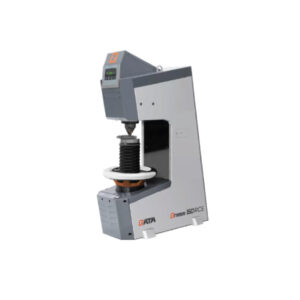The SIGRAY TriLambaXRM-30 is a state-of-the-art 3D nano x-ray microscope designed to deliver exceptional imaging performance. With an impressive 35nm resolution, this advanced system utilizes cutting-edge x-ray optics to provide unparalleled clarity and detail.
Moreover, the TriLambaXRM-30 stands out with its ability to employ multiple x-ray illumination energies, optimizing imaging for a wide range of samples, from polymers to metals. Additionally, its dual energy nano tomography feature enhances contrast and provides quantitative information, making it an invaluable tool for researchers and professionals seeking precise and comprehensive imaging solutions.
Features of SIGRAY TriLambaXRM-30
3D Nano X-ray microscope (nanoXRM) with 35nm resolution
Highest resolution system on the market. Enabled by X-ray optics
Multiple X-ray illumination energies
Up to three energies selected in a single system for optimized imaging for a broad range of samples (polymers to metals)
Dual energy nano tomography for quantitative information
Density and improved contrast can be obtained by taking tomography at two different energies

Achieving Outstanding 35-50nm Resolutions Across 2.7 keV to 8.04 keV X-Ray Energies
Outstanding 35-50nm resolutions can be achieved for X-ray energies ranging from 2.7 keV to 8.04 keV.

Optimal Illumination with TriLambda System’s Three X-Ray Energies for Diverse Laboratory Samples
Up to three X-ray energies are included in the TriLambda system, providing optimal illumination for the wide range of samples seen in a busy central laboratory.

3D Surface Rendering of Segmented Fe NPs and Graphite Clusters with Dual Contrast
3D surface rendering of segmented Fe NPs (orange) in relation to the graphite clusters acquired with dual contrast.
Application
- Batteries
- Polymers and Biological Sample
The microstructure of electrodes are increasingly of interest because it is now recognized that damage incurred and agglomeration of particles from charging limits the long-term reliability and lifetime. TriLambdaXRM provides the resolution needed to see these changes – and because of the non-destructive nature of X-rays, can be used to observe such changes over time or in-operando.
A key feature of the TriLambdaXRM is its ability to resolve polymers and biological samples at the nanoscale. Such samples are extremely challenging to image using electron-based techniques due to charging. Using a low “tender” X-ray energy to illuminate the sample at 2.7 keV, TriLambda is able to provide 3D nanoscale biological and polymeric tomographies non-destructively.











